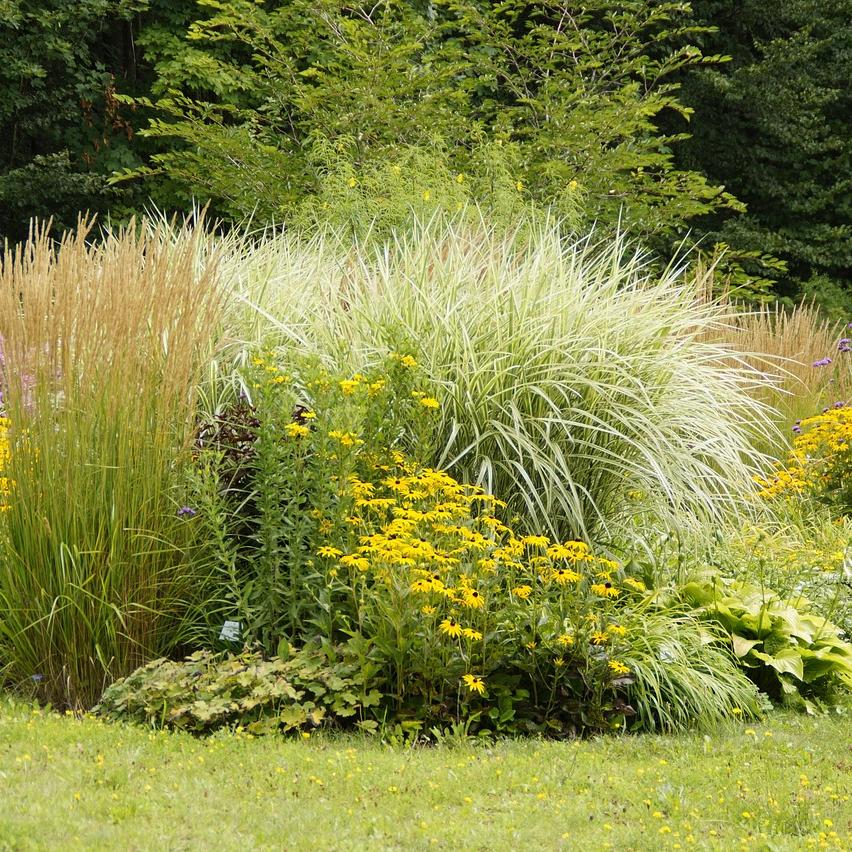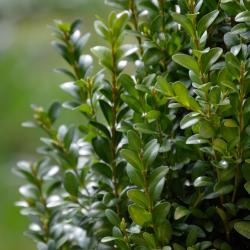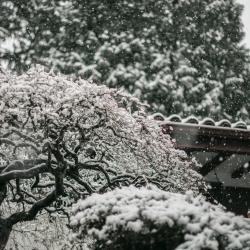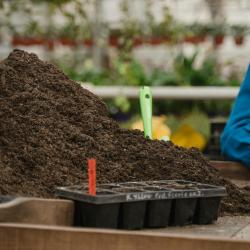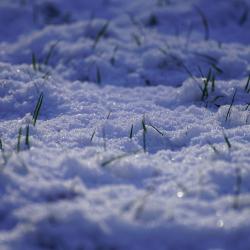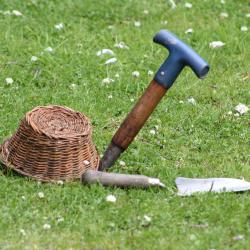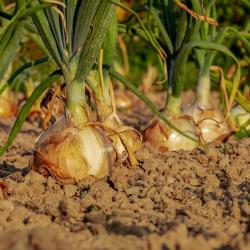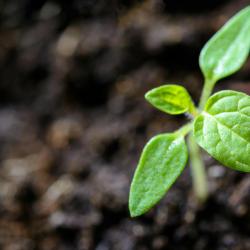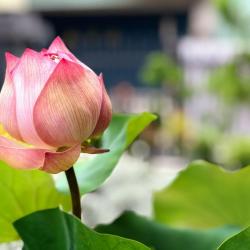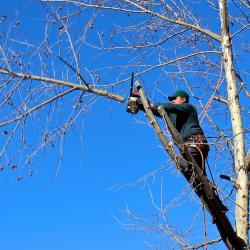Essential Winter Care for Your Perennial Plants
As the tranquil days of autumn wrap up, gardeners across colder regions prepare for the frosty embrace of winter. For enthusiasts of perennial plants—those steadfast, bloom-year-after-year wonders—understanding how to care for them during the cold months is crucial. Proper winter care not only ensures that your plants survive but also thrive when spring’s gentle warmth returns. Here’s a comprehensive guide on essential winter care for your perennial greenery.
1. Understanding the Needs of Your Perennials
Every perennial has different requirements. Assess your plant varieties’ hardiness zones to understand their ability to withstand your local winter conditions. Some perennials, such as lavender and peonies, handle cold well, whereas others, like lilyturf, may need more attention.
2. Mulching: Your Plants' Winter Blanket
One of the most effective ways to protect perennials is by applying a layer of mulch. This acts as an insulating blanket, stabilizing soil temperature and reducing the freeze and thaw cycles that can heave plants out of the ground. Organic mulch — shredded leaves, straw, or wood chips — not only prevents the soil from freezing too quickly but also gradually breaks down, nourishing the soil.
3. Cutting Back Wisely
Trimming spent foliage is a common autumn task, but it’s important not to overdo it. For some perennials, like coneflowers and asters, leaving a few inches of stems can catch insulating snow and provide seeds for birds during winter. Moreover, plant debris can act as a reminder of dormant plants’ locations, preventing accidental damage.
4. Hydration Before Hibernation
As the ground begins to freeze, ensure your perennials are well-watered. Dry soil can cause roots to suffer from desiccation. A deep watering in the late fall, provided temperatures haven’t fallen too low, can be crucial. This act ensures hydration without leaving the waterlogged conditions that invite rot.
5. Protecting from Winter Pests
Winter may lull some threats to rest, but vigilant gardeners know the cold season is no reprieve from pests. Rodents, such as voles, can feast on roots. Tackling this involves clearing debris that provides cover and using protective barriers, like wire mesh, around vulnerable plants.
6. The Role of Snow
Snow can sometimes be seen as an adversary in a gardener's world, yet it can be a friend, acting as natural insulation against frigid air. Where possible, shovel excess snow onto garden beds rather than away from them. However, avoid piling heavy, compacted snow directly on top of your plants to prevent breakage.
7. Dealing with Container-Grown Perennials
Perennials in pots are more susceptible to freezing temperatures due to lower soil volumes. Consider moving container plants to sheltered locations like unheated garages or basements. Alternatively, bury pots in the ground or insulate them with bubble wrap or burlap to prevent the freeze-thaw cycle.
8. Preparing for Frost Heaving
If winters in your area are punctuated by thawing periods, frost heaving can be an issue. This process can push crowns and roots above soil level. Gently replant any heaved perennials and add extra mulch around the base to provide further stability.
Winterizing your perennials may be an investment of time and effort, but it pays off when spring arrives, revealing vigorous, ready-to-grow plants. While the weather outside is frightful, with the right care, your perennial garden can emerge from its winter slumber healthy and vibrant, ready to greet the new growing season with full vigor.
